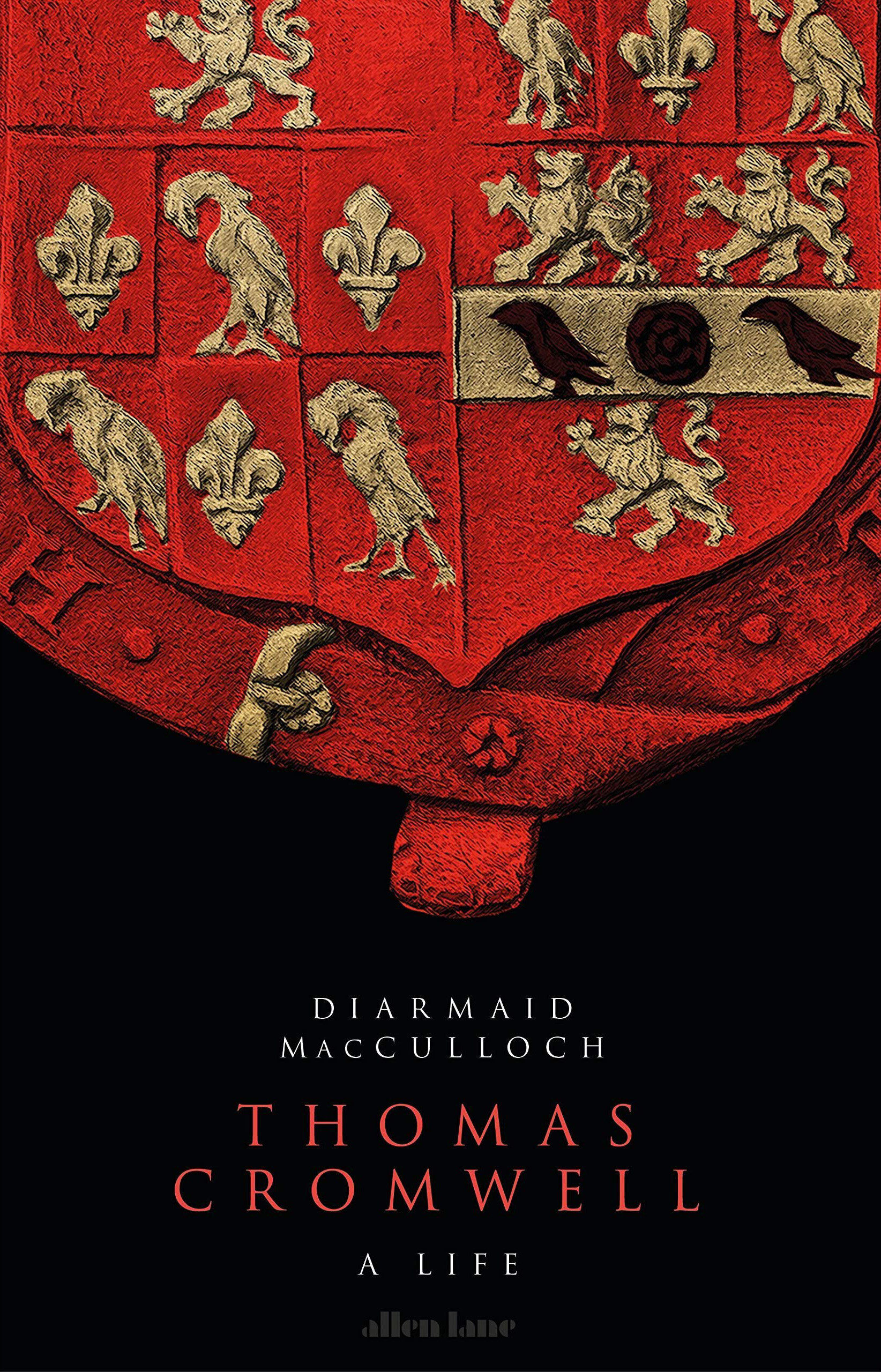Marit Kapla was born in the small village of Osebol situated in the dense forests of rural Sweden. Though she's often lived elsewhere she's continuously returned to this humble location whose adult population is only about forty. In 2016/17 she conducted a series of interviews with the village's residents about their lives, the history of this location and their points of view. They range in age between 18 and 92 years old. Their accounts are presented in this book in short statements. While it's detailed at the bottom of each page who is speaking and their date of birth (in some cases there is also a date of death because some have since died), the way these narratives are arranged allows them to flow together as a continuous stream of speech. Gradually a larger picture of village life and its past emerges. Reading this book feels partly like watching a documentary about a single obscure location and partly like reading a highly accessible prose poem. It's both surprisingly compelling and comforting. In listening to the multiplicity of voices from this small Swedish village we come to understand the full spectrum of our society in microcosm - as well as getting to know the unique personalities and histories of an endearing group of people.
Though there are some young people still in the village the majority of its residents are much older. Fewer educational and employment opportunities mean the younger population has been moving away for years. Trees are no longer farmed in this region for timber and other industries such as tourism have been flailing which has left both the locals and regional government worse off. As such the public resources are crumbling – in particular a double arch bridge which can now only be used by pedestrians. The only way to drive in or out of the village is over a potholed dirt road leaving it almost cut off from the rest of the country. It's touching how this location comes to feel like a quiet island with its last remaining voices relating stories about a near-forgotten past and people who have long since died. Yet there is so much life and humanity in their stories it makes for compulsive reading. It's also not as melancholy as it might seem because of the humour which emerges from petty grievances which have played out over generations and droll observations such as “You don't see youngsters out on their bikes these days. They've started going out a bit more thanks to Pokemon Go.”
A wide range of points of view are presented concerning how both the shrinking village and the larger country should be governed. There's a more radical liberal who was a leader in a commune that existed in the village in the 1970s and a conservative family who blame a lack of funding for the community on an influx of refugees. There's someone who keeps a holiday home in Osebol and a relatively young person who moved to the village because they prefer small town living to city life. Some residents have family who have lived here for many generations and others are recent immigrants. There's a general sense that the village has gone from having a more communal spirit “when potatoes were grown who actually owned them became irrelevant and people took what they needed” to possessing a more insular nature “People used to get together in their homes and chat. Now you have to be invited before you go.” Naturally, the residents all have very different opinions about the quality of local life and characteristics of the region. The community is small enough that there is no one personality to an Osebol resident. As Istvan Foth observes: “In a place like this you don't have people around you you have individuals. You get closer to one another.” The book presents a beautiful portrait of a village which isn't very distinct on the surface but is filled with meaning because of the diverse people who inhabit it.















